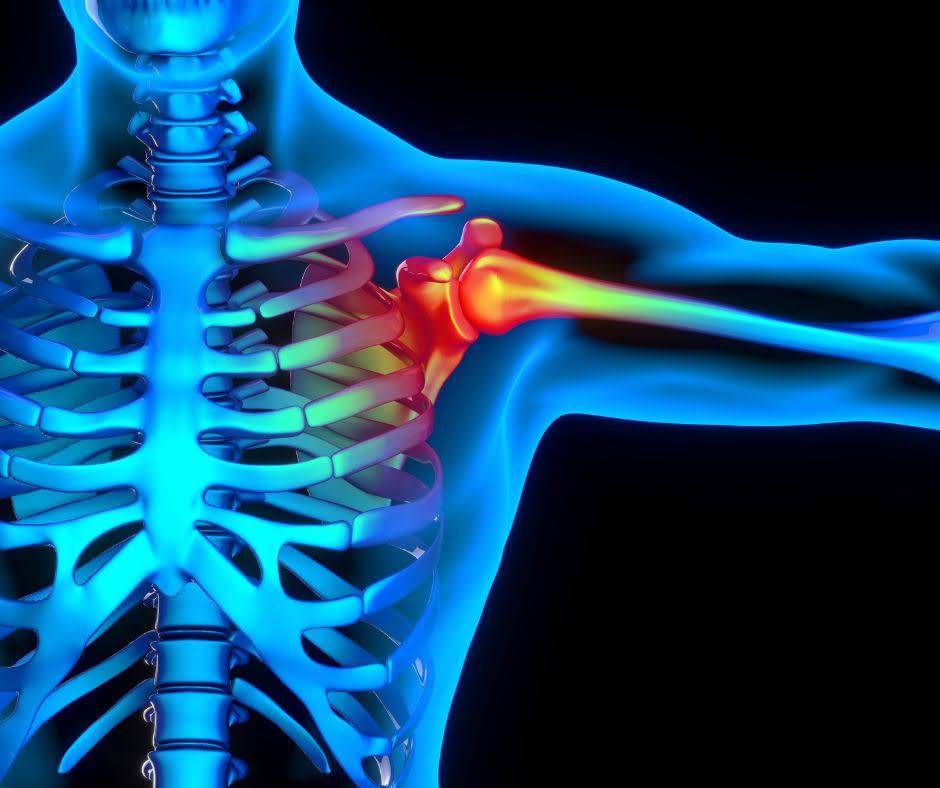In the realm of pain management, traditional approaches often involve medication or surgical interventions. However, there’s a growing recognition of alternative therapies like osteopathy, which offers a comprehensive approach to pain relief.
Osteopathy, founded on the principle that the body has the innate ability to heal itself, emphasizes the interconnection of the body’s structure and function.
Let’s take a closer look into the principles, techniques, and effectiveness of osteopathy in managing pain.
Understanding Osteopathy
Osteopathy is a holistic approach to healthcare that focuses on the musculoskeletal system and its interrelation with other bodily systems. Developed in the late 19th century by Dr. Andrew Taylor Still, osteopathy is grounded in the belief that the body’s structure (bones, muscles, ligaments, and connective tissues) is intimately linked with its function. Any disruption in this structural integrity can lead to pain and dysfunction.
Principles of Osteopathic Treatment
- The Body’s Self-Healing Mechanism
Osteopathy emphasizes the body’s inherent ability to heal itself given the right conditions. Osteopathic practitioners aim to facilitate this natural healing process through manual techniques.
- The Unity of the Body
Osteopathy views the body as a unified whole, where dysfunction in one area can affect other areas. Practitioners assess and treat the body as a whole rather than focusing solely on the site of pain.
- The Importance of Structure and Function
Osteopaths believe that optimal health is achieved when the body’s structure is in balance, allowing for optimal function. They use hands-on techniques to restore alignment, mobility, and function to affected areas.
Osteopathic Techniques for Pain Management
- Osteopathic Manipulative Treatment (OMT)
OMT involves a variety of hands-on techniques such as stretching, gentle pressure, and resistance to diagnose, treat, and prevent illness or injury. OMT aims to improve joint mobility, reduce muscle tension, and enhance circulation to alleviate pain.
- Soft Tissue Techniques
Osteopaths use soft tissue techniques such as myofascial release and trigger point therapy to address muscle tension, adhesions, and areas of restricted movement. These techniques help relieve pain and improve flexibility.
- Articulatory Techniques
These techniques involve rhythmic movements applied to joints to restore normal range of motion and alleviate joint pain. Articulatory techniques can be particularly beneficial for conditions like osteoarthritis and joint stiffness.
- Counterstrain Technique
This technique involves finding tender points in muscles and connective tissues and then positioning the body in a way that reduces strain on those points, thereby reducing pain and promoting relaxation.
Effectiveness of Osteopathy in Pain Management
Numerous studies have demonstrated the effectiveness of osteopathy in managing various types of pain, including back pain, neck pain, headaches, and musculoskeletal injuries. Osteopathic treatment has been shown to reduce pain intensity, improve functional outcomes, and enhance overall quality of life for many patients.
One of the key strengths of osteopathy is its individualized approach to treatment. Osteopathic practitioners assess each patient’s unique biomechanical patterns, medical history, and lifestyle factors to develop personalized treatment plans tailored to their specific needs.
Final Thoughts
Osteopathy offers a holistic and comprehensive approach to pain management, focusing on restoring the body’s natural balance and function. Through hands-on techniques and a deep understanding of the body’s interconnectedness, osteopathic practitioners help alleviate pain, improve mobility, and enhance overall well-being. As research continues to validate its effectiveness, osteopathy remains a valuable option for those seeking natural and sustainable pain relief.
